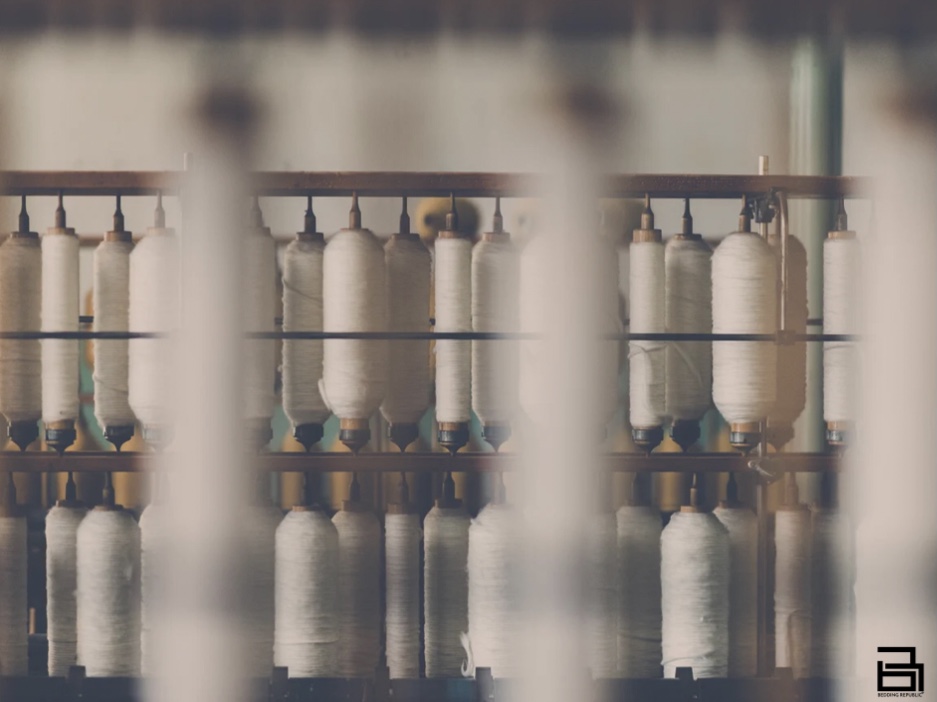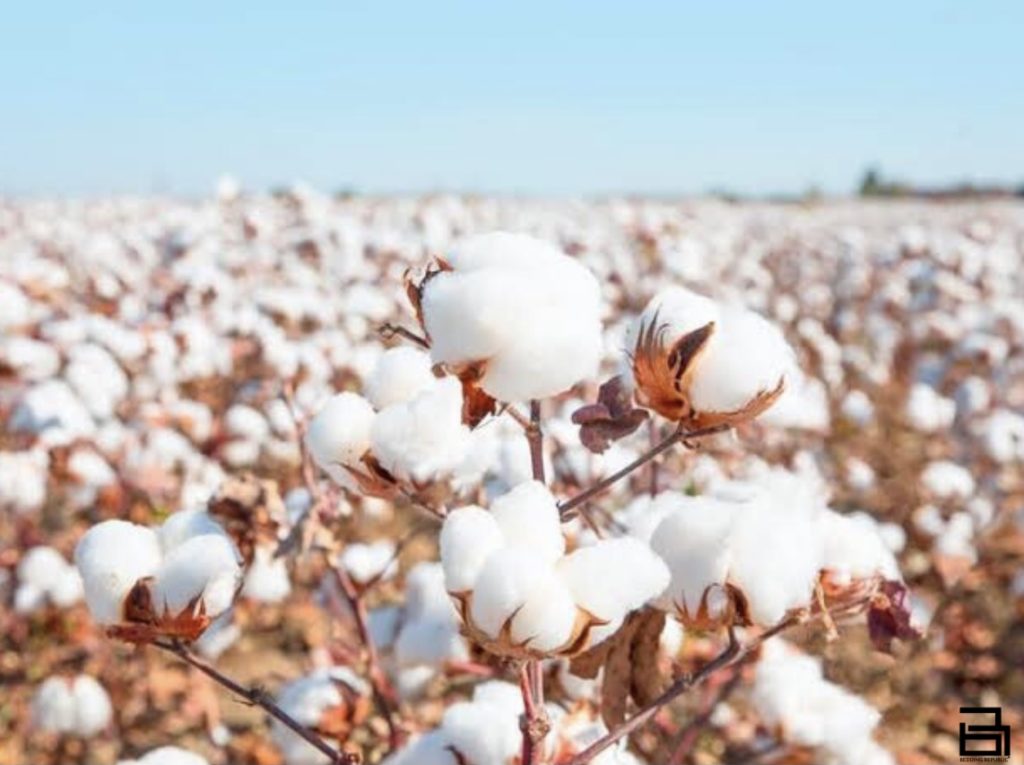Cotton is made from natural fibres of cotton plants and it is one of the world’s leading agricultural crops that is produced on economic scales. Cotton is known for its natural comfort, versatility and performance. As it is very durable, soft, and absorbent it is considered an ideal fabric to make homeware, apparel, and other industrial products. Cotton has high air permeability and moisture-wicking abilities along with natural temperature regulation properties. Cotton is chemically organic but it accepts dyes and is easily washable. It’s exceptional lightness, durability, and breathability makes it one of the most popular fabrics in the world.

HOW COTTON IS PRODUCED
In Australia, cotton is grown in southern Queensland and inland regions of northern New South Wales. In the older times, cotton was handpicked and all the steps involved in cotton production were highly labour intensive. But now, all the steps from picking, combing, spinning, ginning to weaving are done by mechanised methods. In Spring, the cotton seeds are mechanically planted by machines and heathy plants flower from these seeds. When the bloom falls off, a mature cotton ball develops that is a white fluffy part that ripens in the sun. In Australia, the picking is done with large mechanical harvesters and is piled into the round and large modules. These bundles are sent to cotton gins for processing and made ready for the ginning process. The making of cotton fabric involves different steps where at first, cotton lint is combed, seeds are removed, fibres are woven into lengths, then these lengths are spun into the threads, and threads are finally woven into fabrics.

COUNTRIES SPECIALISING IN COTTON PRODUCTION
Cotton is grown in more than 100 countries around the globe, although the origin of cotton comes from India and Pakistan as its first cultivation was done in Indus Delta. Tropical and subtropical regions produce most of the cotton as it is grown in warm climates with the availability of proper irrigation. These regions mainly include China, India, Egypt, the United States, Australia, Pakistan, Turkey, Uzbekistan, Brazil, Greece etc. According to an estimate, there are 100 million cotton producers around the globe but India, USA, Pakistan, China, and Brazil are the world’s largest
producers of cotton. Relatively, Australia is a minor producer of cotton but it is the world’s third-largest exporter of raw cotton after United States and India. There are approximately 1500 cotton farms in Australia that yield the finest quality cotton. Egyptian cotton grown in Egypt and Supima cotton grown in America are considered as finest cotton due to fibre length and other quality parameters.

TYPES OF COTTON
Majorly, there are four types of cotton that are commercially grown on large scales including: Upland cotton, native to Central America, Mexico and the Caribbean, comprising 90% of the world production of cotton.
- Extra-long staple cotton, native to South America, comprising 8% of world production.
- Tree cotton, native to India and Pakistan, comprising less than 2% of world production.
- Levant cotton, native to the Arabian Peninsula and Southern Africa, comprising less than 2% of the world production of cotton.
From the clothes we wear to sheets we sleep on, different types of cotton fabric are available in stores:
- Supima cotton is considered the finest cotton on earth due to its long fibres that make it super soft and extra strong that results in a luxuriously smooth fabric.
- Egyptian cotton is superior quality and extra-long-staple cotton giving it exceptional softness, durability and vibrancy.
- Turkish cotton is premium quality cotton having extra-long fibres making it fluffier, softer and super absorbent.

ALTERNATIVES TO COTTON
The sustainability, renewability, and biodegradability make cotton an environmental friendly natural fibre. On the contrary, its production requires significant cultivable land, pesticides, fertilisers and water. There are so many alternatives to cotton that are now increasingly used including polyester, linen, silk, lyocell, bamboo, Lyocell, hemp etc. Polyester being a synthetic fibre is durable and resilient. Bamboo is considered a popular alternative due to its durability, sustainability and hypoallergenic properties. Lyocell and silk are highly breathable and naturally antimicrobial. Likely, Hemp is extremely lightweight, anti-bacterial and durable and is considered more sustainable than cotton. Linen is incredibly soft, extremely durable and highly absorbent that makes it a luxurious choice for clothing to bedding to upholstery. Despite all these alternatives, cotton is still an ideal choice for customers and is considered as an epitome of comfort and magnificence.




